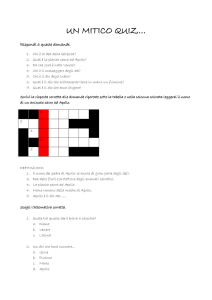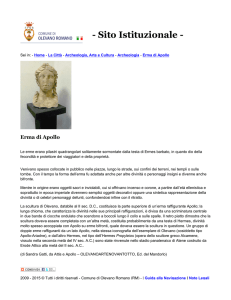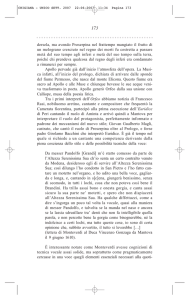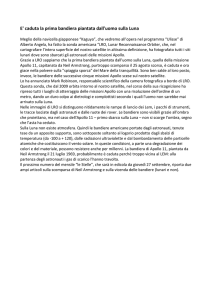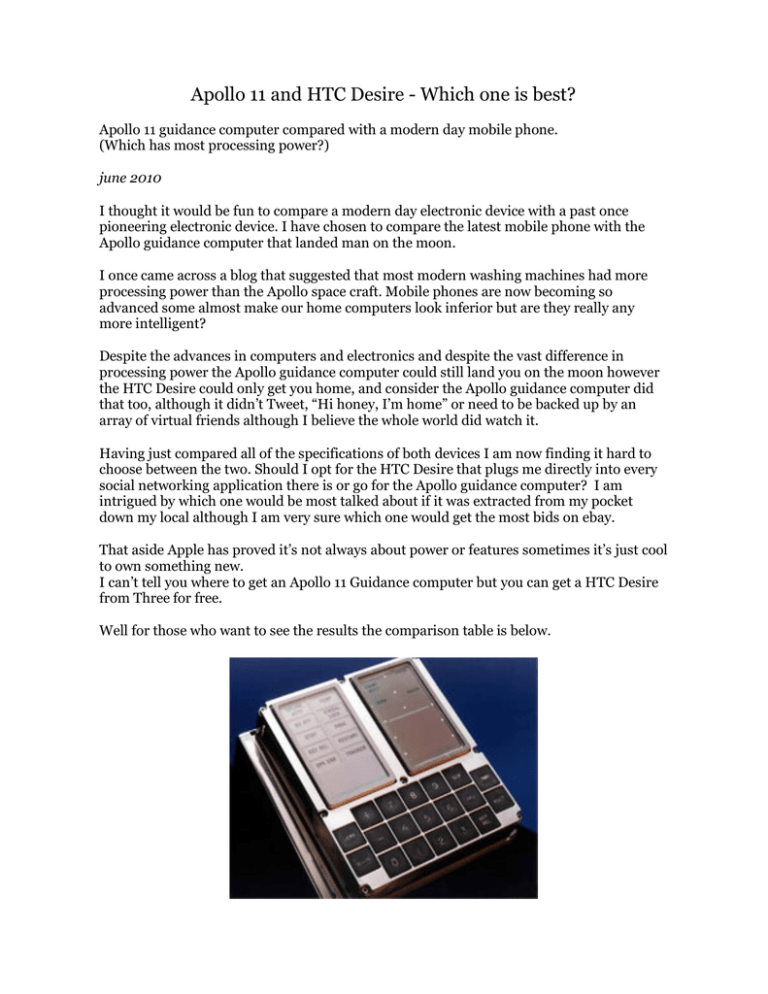
Apollo 11 and HTC Desire - Which one is best?
Apollo 11 guidance computer compared with a modern day mobile phone.
(Which has most processing power?)
june 2010
I thought it would be fun to compare a modern day electronic device with a past once
pioneering electronic device. I have chosen to compare the latest mobile phone with the
Apollo guidance computer that landed man on the moon.
I once came across a blog that suggested that most modern washing machines had more
processing power than the Apollo space craft. Mobile phones are now becoming so
advanced some almost make our home computers look inferior but are they really any
more intelligent?
Despite the advances in computers and electronics and despite the vast difference in
processing power the Apollo guidance computer could still land you on the moon however
the HTC Desire could only get you home, and consider the Apollo guidance computer did
that too, although it didn’t Tweet, “Hi honey, I’m home” or need to be backed up by an
array of virtual friends although I believe the whole world did watch it.
Having just compared all of the specifications of both devices I am now finding it hard to
choose between the two. Should I opt for the HTC Desire that plugs me directly into every
social networking application there is or go for the Apollo guidance computer? I am
intrigued by which one would be most talked about if it was extracted from my pocket
down my local although I am very sure which one would get the most bids on ebay.
That aside Apple has proved it’s not always about power or features sometimes it’s just cool
to own something new.
I can’t tell you where to get an Apollo 11 Guidance computer but you can get a HTC Desire
from Three for free.
Well for those who want to see the results the comparison table is below.
HTC Desire
Manufactured 2009
ARM based Qualcomm
Processor
QSD 8250 Snapdragon 1
GHz
ROM
512 MB flash
RAM
576 MB
Operating
Android 2.1
system
Apollo 11 guidance
computer
1966
MIT Discrete IC RTL based
running at 2.048 MHz
36864 Words (16 bit length)
2048 Words (16 bit length)
Apollo Guidance Computer
AGC
21, 7 Segment
3.7 inch 480x800 AMOLED
Display
Electroluminescence and 13
touch screen
indicators
Multi-touch with HTC
Input
19 Push buttons
Sense interface.
Weight
135 g (4.8 oz)
70 lb (32 Kg)
Dimensions
119 x 60 x 11.9 mm
610 x 320 x 170 mm
Up to 360 Hours from a
Power
55W
1400mAh Lithium-ion
consumption
battery
Connectivity HSPA/WCDMA: 900/2100 DSKY, IMU, Hand
Controller, Rendezvous
Mhz
GSM: 850/900/1800/1900 Radar (CM), Landing Radar
(LM), Telemetry Receiver,
MHz
Engine Command, Reaction
Wi-Fi (802.11b/g)
Control System
Bluetooth 2.1 with EDR
Camera
Other
Cost
5 Megapixel Colour
Autofocus
LED Auto flash
Face detection
Geotagging
Proximity sensor, G-Sensor,
Digital compass, FM Radio,
GPS, A-GPS and Ambient
light sensor. It can get you
home.
Free on Three
(optional extra)
Various Hasselbald film
cameras
First ever IC based computer
It can land you on the moon
$24 Billion
Apollo Guidance Computer
L'Apollo Guidance Computer (AGC) era il computer di bordo
del Programma Apollo della Nasa utilizzato, oltre che nel Modulo di
Comando, anche all'interno del LEM, Lunar Excursion Module, per le
manovre di atterraggio e di decollo dal suolo Lunare.
L'AGC fu progettato al MIT Instrumentation Laboratory sotto la guida
di Charles Stark Draper, con progetto dell'hardware condotto da Eldon C.
Hall. I primi sviluppi architetturali furono di J.H. Laning Jr., Albert
Hopkins, Ramon Alonso e Hugh Blair-Smith. L'hardware per il volo fu
costruito dalla Raytheon.
Era basato su una unità di calcolo da 2 MHz di velocità di clock, di
2 Kwords di memoria RAM e di una trentina abbondante di Kwords di
memoria ROM. Quest'ultima conteneva, principalmente, dati e programmi.
L'AGC era multitasking, essendo in grado di eseguire fino a 8 programmi
contemporaneamente.
Fu il primo computer ad utilizzare circuiti integrati: nella sua prima versione
utilizzava 4.100 chip di porte logiche NOR. Nella seconda versione, che
utilizzava due porte logiche NOR all'interno di ogni integrato, il numero
complessivo di chip fu ridotto a 2.800.
Tutti questi integrati erano tra loro interconnessi con un sistema wirewrapping, ovvero a filo, che garantiva un collegamento migliore rispetto alle
saldature su circuito stampato.
Le RAM e le ROM dell'AGC non erano basate su circuiti integrati, ma
erano memorie a nuclei di ferrite: per ogni bit di informazione era necessario
magnetizzare (o smagnetizzare) un piccolo anello calamitato, posto
all'intersezione delle righe e delle colonne della matrice stessa di memoria; le
righe e le colonne della matrice, erano costituite da sottilissimi cavi elettrici
per la memorizzazione/cancellazione dell'informazione, che consentivano
inoltre di leggere l'informazione memorizzata.
Il DSKY (pronuncia "dis-chi", per display-keyboard) era l'unità di
interfacciamento del complesso sistema informatico con l'equipaggio umano
di bordo: si trattava di una semplice tastiera numerica simile a quella delle
calcolatrici, più alcune spie e un display essenziale, a segmenti
elettroluminescenti verdi, in grado di mostrare numeri positivi o negativi.
L'interfaccia DSKY dell'AGC sul pannello del modulo di comando Apollo.
Diagramma dell'interfaccia del Dsky.


